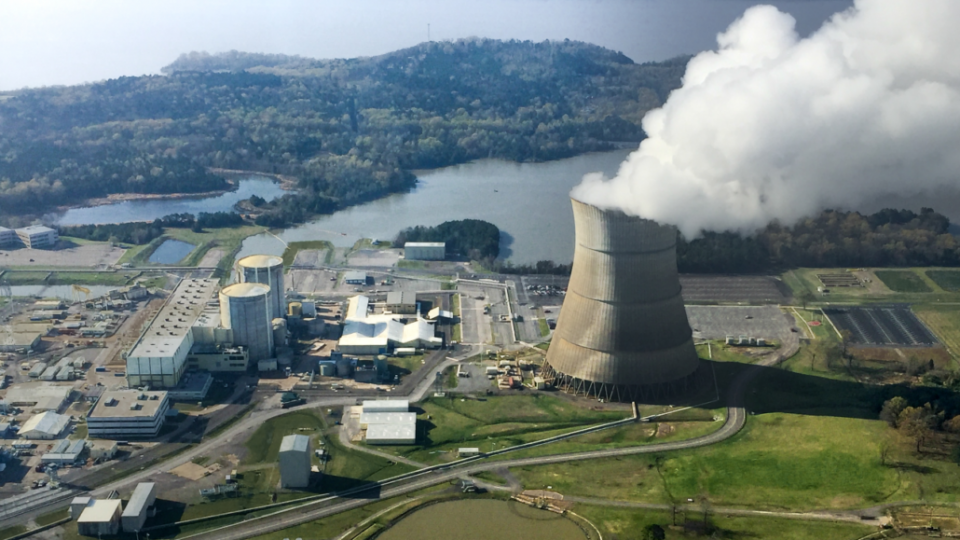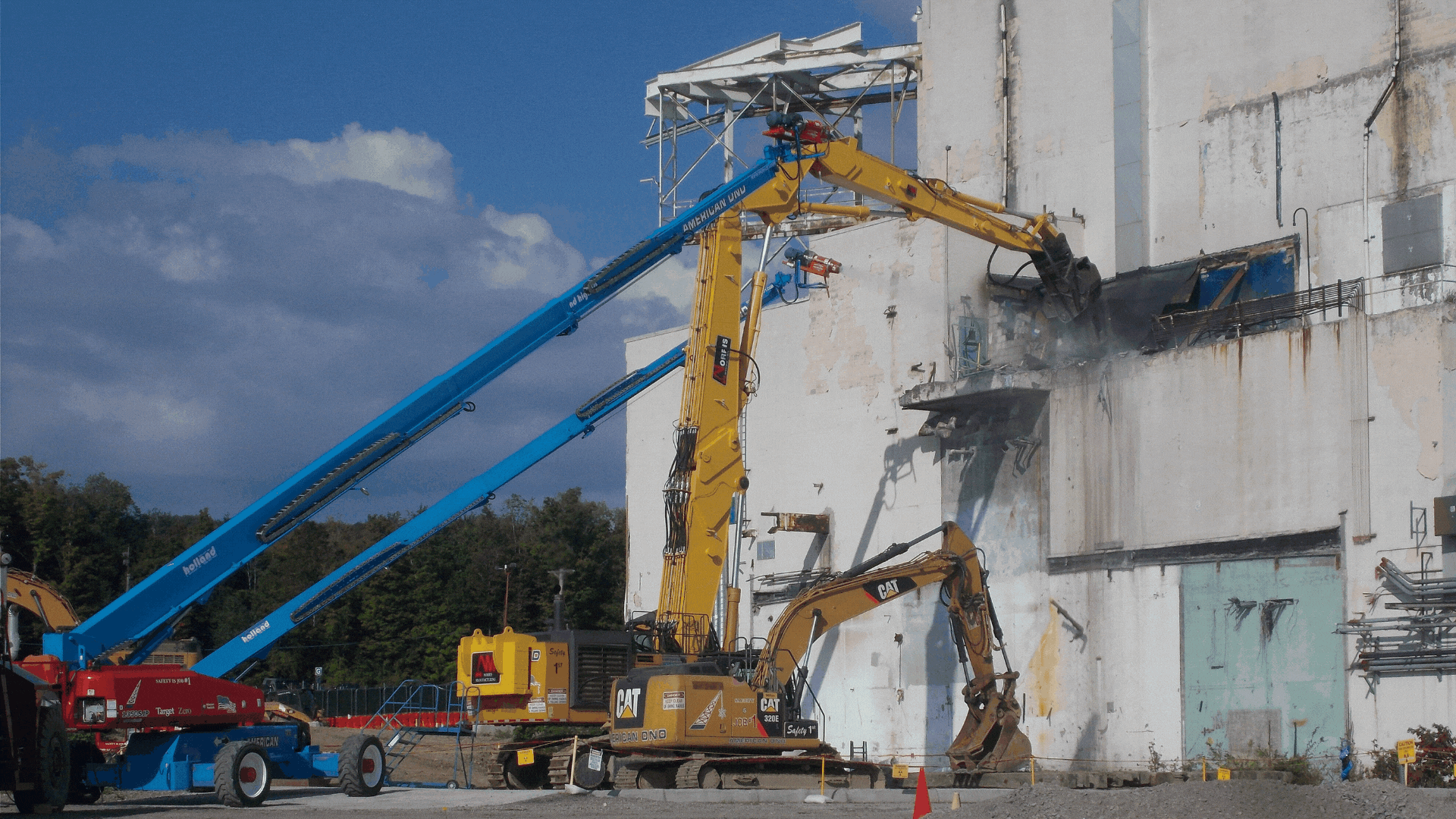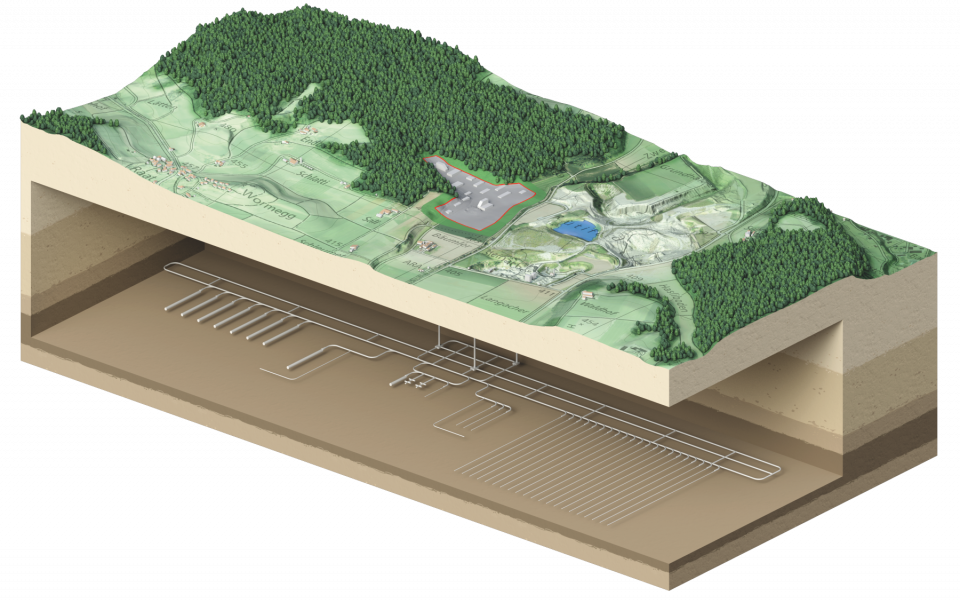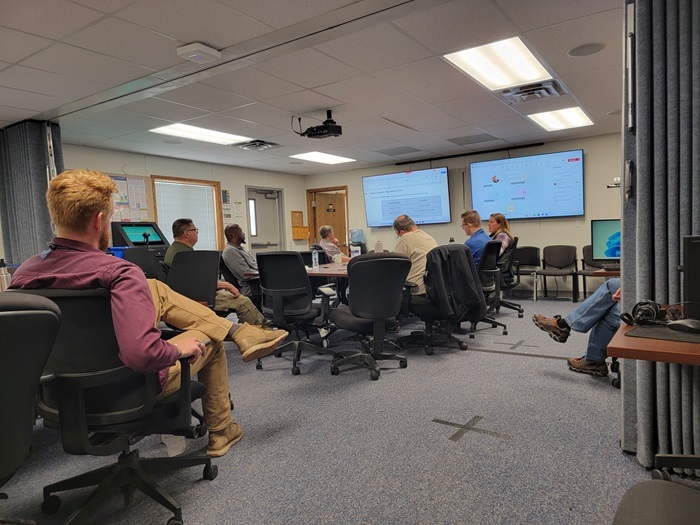Idaho’s IWTU reaches 100 percent radiological operations
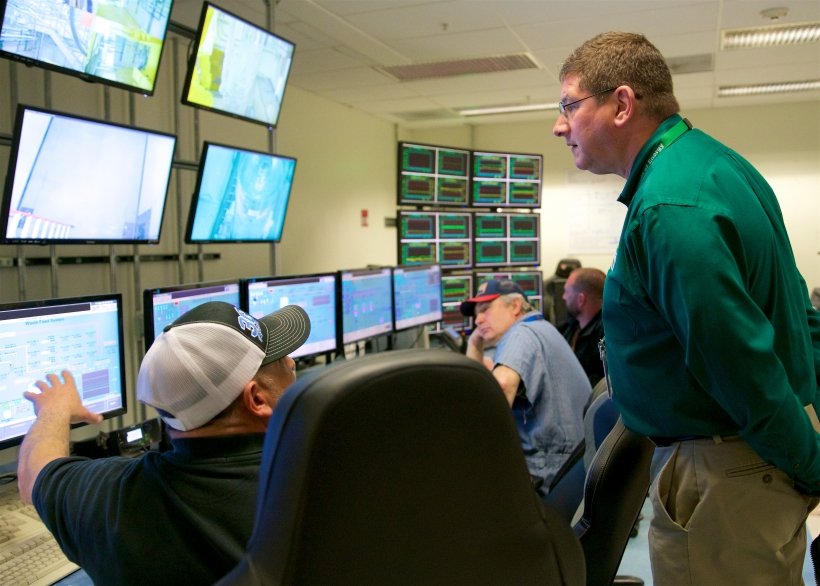
After initial runs using a mix of radiological waste and nonradioactive simulant, the Integrated Waste Treatment Unit (IWTU) at the Idaho National Laboratory site has progressed to treating sodium-bearing waste entirely, the Department of Energy’s Office of Environmental Management (DOE-EM) announced on May 22.




